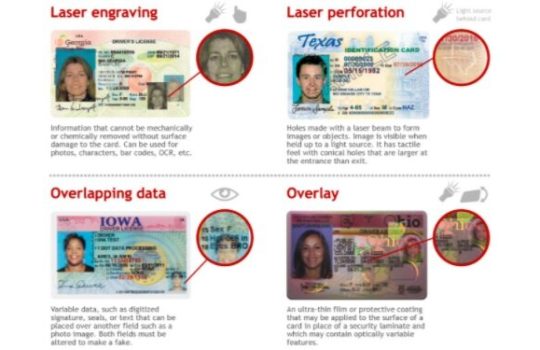Fake Id Bust
2024-03-09 2024-03-09 15:49Fake Id Bust

Fake Id Bust
Chile Fake Id
Switzerland Fake Id
Fake ID Bust: The Rise of Counterfeit Identification in the Digital Age
In today’s society, where technology is constantly advancing, the prevalence of fake IDs has become a growing concern for law enforcement agencies and businesses alike. With the ability to quickly and easily create counterfeit identification cards using advanced printing and scanning techniques, individuals are able to bypass age restrictions and gain access to clubs, bars, and even purchase alcohol and tobacco products illegally. This underground industry has been flourishing, with vendors selling fake IDs online, making it easier than ever for minors to obtain these fraudulent documents.
Recently, a major fake ID bust in a college town has shed light on the extent of this issue and the risks associated with using fake IDs. The operation, which was carried out by local law enforcement agencies in collaboration with federal authorities, resulted in the arrest of several individuals involved in the production and distribution of counterfeit identification cards. The suspects were found to be operating out of a rented apartment, where they had set up a sophisticated printing operation complete with high-quality printers, scanners, and laminating machines.
The fake IDs produced by the suspects were of such high quality that they were virtually indistinguishable from genuine identification cards. They were able to replicate security features such as holograms, UV printing, and microprinting, making it difficult for even seasoned bouncers and bartenders to spot the fakes. The operation had been running for several years, with the suspects selling their fake IDs to hundreds of individuals, primarily college students, for a hefty price.
The consequences of using a fake ID extend far beyond simply gaining entry to a bar or club. In many cases, individuals who are caught with a fake ID can face serious legal repercussions, including fines, community service, and even jail time. Additionally, using a fake ID can have long-lasting consequences, such as a criminal record, which can impact one’s future employment prospects and opportunities for higher education.
The fake ID industry is not limited to college towns or underage individuals looking to purchase alcohol. In recent years, there has been a surge in the use of fake IDs by individuals looking to commit identity theft or engage in other criminal activities. With the rise of online transactions and digital identity verification systems, the demand for fake IDs has only increased, as individuals seek to exploit loopholes in the system and gain access to sensitive information and financial resources.
To combat the rise of fake IDs, law enforcement agencies and businesses must stay ahead of the curve and implement stricter security measures and ID verification protocols. Training programs for bouncers and bartenders should be expanded to include the latest techniques for spotting fake IDs, such as UV light scanning and magnification tools. Businesses should also invest in advanced ID verification technologies, such as biometric scanners and facial recognition software, to prevent the use of counterfeit identification cards.
In addition to these measures, there must be a concerted effort to crack down on the production and distribution of fake IDs. Law enforcement agencies must work together at the local, state, and federal levels to identify and dismantle fake ID operations, such as the one recently uncovered in the college town bust. By targeting the source of the problem and prosecuting those involved in the production and distribution of fake IDs, authorities can send a strong message that this illegal activity will not be tolerated.
Ultimately, the fight against fake IDs requires a multi-faceted approach involving collaboration between law enforcement agencies, businesses, and the community at large. By raising awareness about the risks and consequences of using fake IDs, as well as implementing stronger security measures and enforcement efforts, we can work together to stem the tide of counterfeit identification cards and protect the integrity of our identity verification systems. Only by taking a proactive stance against fake IDs can we ensure the safety and security of our society in the digital age.















